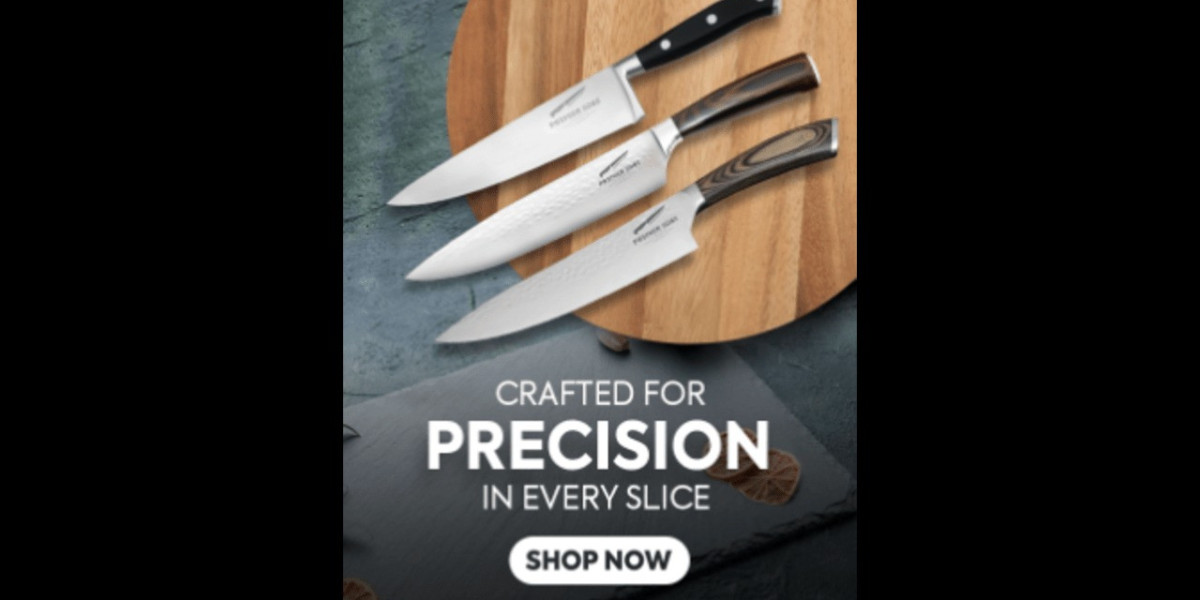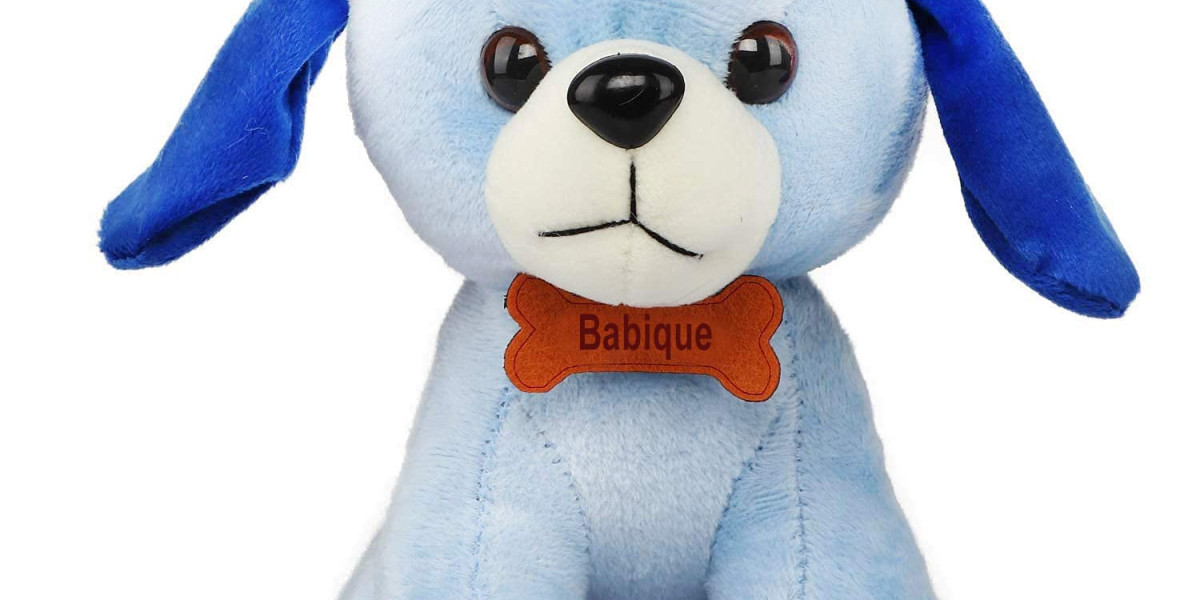Introduction
In the world of culinary arts, few tools are as indispensable as the chef's knife. Revered by professional chefs and home cooks alike, this versatile instrument is the cornerstone of any kitchen, facilitating a wide range of tasks from chopping and slicing to dicing and mincing. But what makes the chef's knife so special? This article explores the history, design, types, and maintenance of this essential kitchen tool.
History and Evolution
The chef's knife, often referred to as a cook's knife, has its origins in the traditional French and German designs. The French chef's knife, characterized by its straight edge and triangular shape, was primarily used for slicing and chopping. On the other hand, the German version, with a more pronounced curve, allowed for a rocking motion, making it ideal for mincing.
Over time, these designs have been refined and combined, leading to the modern chef's knife we recognize today. With advancements in metallurgy and ergonomics, today's chef's knives offer improved performance and comfort.
Design and Construction
A typical chef's knife features a broad blade that tapers to a pointed tip, allowing for precision in various cutting tasks. Key elements of the chef's knife include:
- Blade: Typically made from high-carbon stainless steel for a balance of durability, sharpness, and corrosion resistance. Some high-end knives may use Damascus steel or ceramic.
- Handle: Made from materials like wood, plastic, or composite, designed to provide a comfortable and secure grip.
- Tang: The portion of the blade that extends into the handle. A full tang, running the entire length of the handle, offers better balance and strength.
- Bolster: The thick junction between the blade and handle, providing balance and helping to protect the hand from slipping onto the blade.
Types of Chef's Knives
While the general design of a chef's knife remains consistent, there are variations to suit different preferences and culinary needs:
- Western Chef's Knife: Known for its versatility, it features a curved blade that facilitates a rocking motion. Ideal for a wide range of tasks from chopping vegetables to slicing meat.
- Japanese Gyuto: Similar to the Western chef's knife but lighter and with a thinner blade, making it excellent for precision cutting. It often has a double-beveled edge for a sharper cut.
- Santoku: A Japanese knife with a shorter, straighter blade and a flat edge, designed for slicing, dicing, and mincing. Its name translates to "three virtues," referring to its versatility.
Choosing the Right Chef's Knife
When selecting a chef's knife, consider the following factors:
- Balance and Weight: The knife should feel balanced in your hand, with the weight distributed evenly between the blade and handle. A heavier knife can make chopping easier, while a lighter knife offers better control for delicate tasks.
- Blade Length: Chef's knives typically range from 6 to 12 inches. An 8-inch blade is a popular choice for its versatility, but larger or smaller blades can be chosen based on personal preference and kitchen space.
- Handle Comfort: The handle should fit comfortably in your hand, providing a secure grip without causing fatigue during extended use.
Maintenance and Care
Proper maintenance of your chef's knife ensures its longevity and performance:
- Sharpening: Regularly sharpen your knife using a whetstone, honing rod, or professional sharpening service to maintain its edge.
- Cleaning: Hand wash the knife with mild soap and water immediately after use. Avoid dishwashers, as harsh detergents and high temperatures can damage the blade and handle.
- Storage: Store your knife in a knife block, magnetic strip, or blade guard to protect the edge and prevent accidents.
Conclusion
The chef's knife is a quintessential tool that embodies the art and science of cooking. Its design, rooted in centuries of culinary tradition, has evolved to meet the demands of modern kitchens. Whether you are a professional chef or an enthusiastic home cook, investing in a high-quality chef's knife and maintaining it properly will elevate your cooking experience and help you create culinary masterpieces with ease.



